 16 Cyberpunk Books You Should Read Before Being Swallowed By Dystopia
16 Cyberpunk Books You Should Read Before Being Swallowed By Dystopia
Cyberpunk is a subgenre of science fiction. It is generally set in the future where advanced technological and scientific achievements, such as information technology and cybernetics, are juxtaposed with a degree of breakdown or radical change in the social order. Plots often center on conflict between artificial intelligences, hackers, and mega corporations.
We’ve collected 16 books that you should read even if you’re not a fan of the genre. After all, cyberpunk is now more relevant than ever, and you might want to prepare yourself for an even more weird world!
Book descriptions were taken from Wikipedia.
1. Neuromancer by William Gibson
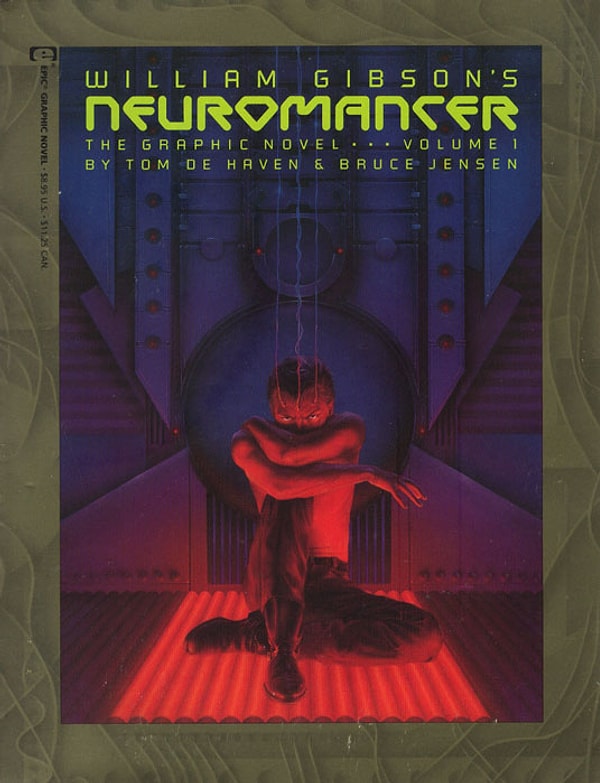
Neuromancer is a 1984 novel, a seminal work in the cyberpunk genre and the first winner of the science-fiction 'triple crown'—the Nebula Award, the Philip K. Dick Award, and the Hugo Award. It was Gibson's debut novel and the beginning of the Sprawl trilogy. The novel tells the story of a washed-up computer hacker hired by a mysterious employer to pull off the ultimate hack.
Henry Dorsett Case is a low-level hustler in the dystopian underworld of Chiba City, Japan. Once a talented computer hacker, Case was caught stealing from his employer. As punishment for his theft, Case's central nervous system was damaged with a mycotoxin, leaving him unable to access the global computer network in cyberspace, a virtual reality dataspace called the 'matrix.'
2. 1984 by George Orwell
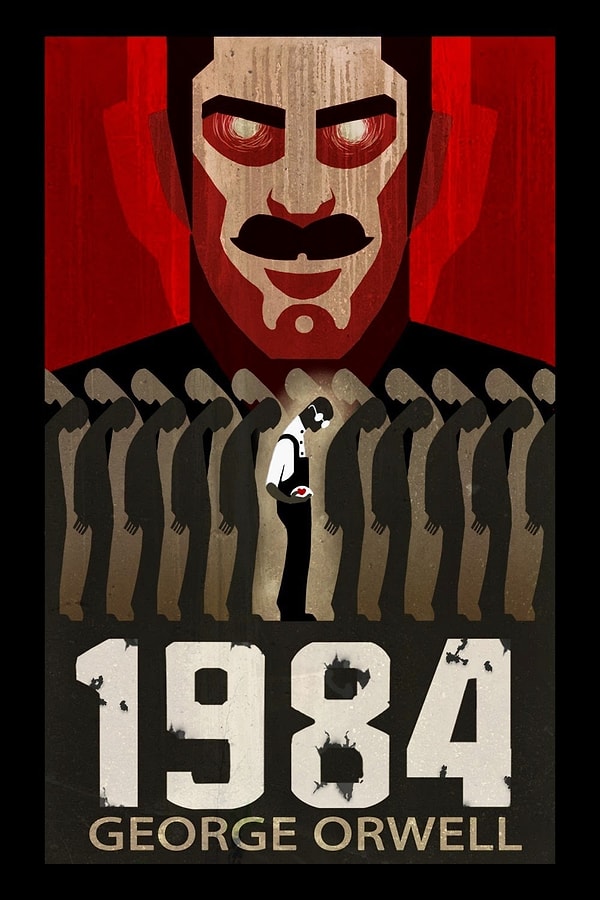
1984 is a dystopian novel published in 1949. The novel is set in Airstrip One (formerly known as Great Britain), a province of the superstate Oceania in a world of perpetual war, omnipresent government surveillance, and public manipulation. The superstate and its residents are dictated to by a political regime euphemistically named English Socialism, shortened to 'Ingsoc' in Newspeak, the government's invented language. The superstate is under the control of the privileged elite of the Inner Party, a party and government that persecutes individualism and independent thinking as 'thoughtcrime', which is enforced by the 'Thought Police.'
The tyranny is ostensibly overseen by Big Brother, the Party leader who enjoys an intense cult of personality, but who may not even exist. The Party 'seeks power entirely for its own sake. It is not interested in the good of others; it is interested solely in power.' The protagonist of the novel, Winston Smith, is a member of the Outer Party, who works for the Ministry of Truth (or Minitrue in Newspeak), which is responsible for propaganda and historical revisionism. His job is to rewrite past newspaper articles, so that the historical record always supports the party line.
3. Do Androids Dream of Electric Sheep? by Philip K. Dick
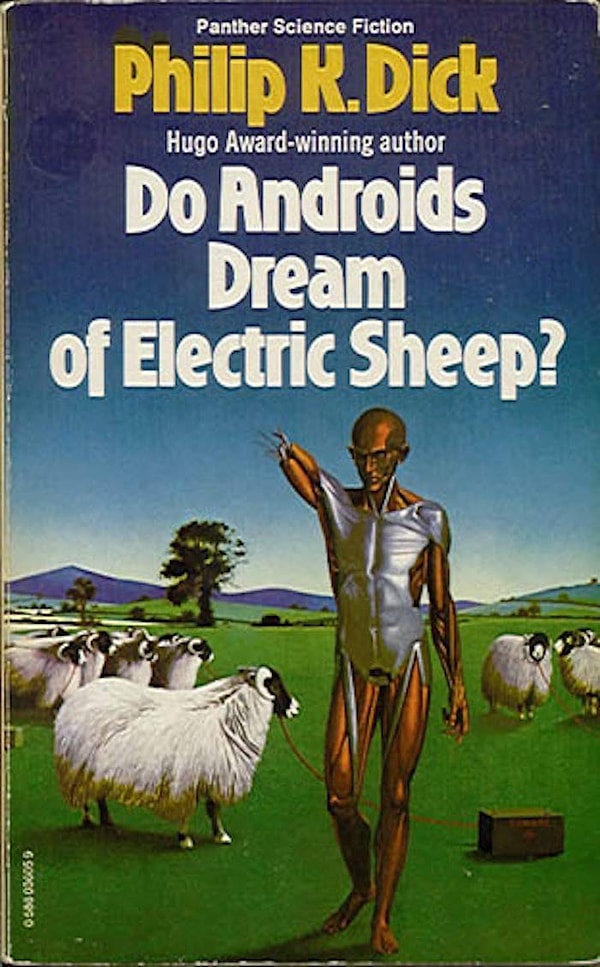
First published in 1968, the novel is set in a post-apocalyptic San Francisco, where Earth's life has been greatly damaged by nuclear global war. Most animal species are endangered or extinct from extreme radiation poisoning so that owning an animal is now a sign of status and empathy, an attitude encouraged towards animals. The book served as the primary basis for the 1982 film Blade Runner.
The main plot follows Rick Deckard, a bounty hunter who is faced with killing ('retiring') six escaped Nexus-6 model androids, while a secondary plot follows John Isidore, a man of sub-par IQ who aids the fugitive androids. In connection with Deckard's mission, the novel explores the issue of what it is to be human. Unlike humans, the androids are claimed to possess no sense of empathy.
4. I, Robot by Isaac Asimov
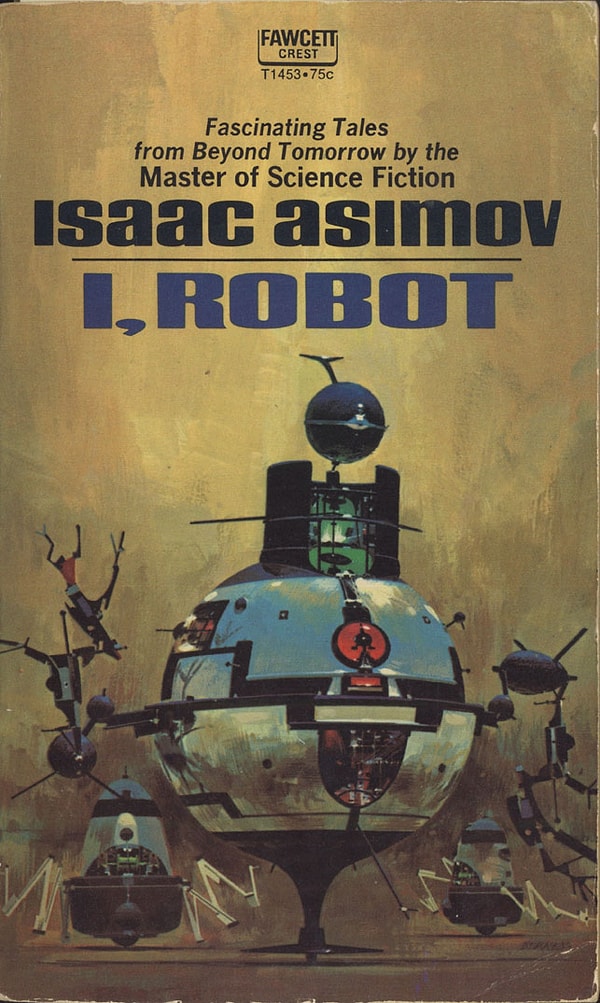
I, Robot is a collection of 9 science fiction short stories by Isaac Asimov. The stories originally appeared in the American magazines Super Science Stories and Astounding Science Fiction between 1940 and 1950. The stories are woven together by a framing narrative in which the fictional Dr. Susan Calvin tells each story to a reporter (who serves as the narrator) in the 21st century. Although the stories can be read separately, they share a theme of the interaction of humans, robots, and morality, and when combined they tell a larger story of Asimov's fictional history of robotics.
5. A Clockwork Orange by Anthony Burgess
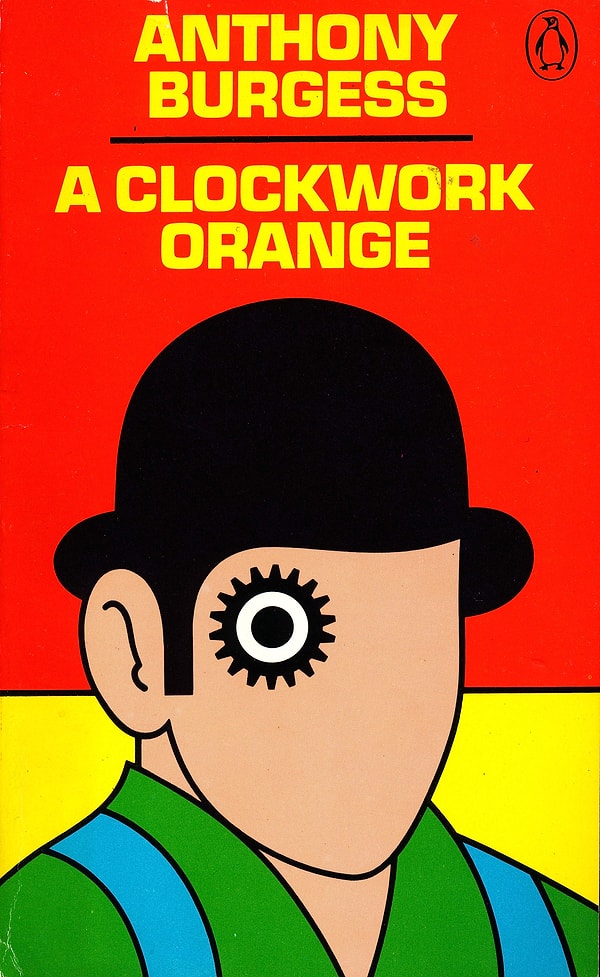
Set in a near future English society featuring a subculture of extreme youth violence, the teenage protagonist, Alex, narrates his violent exploits and his experiences with state authorities intent on reforming him. The book is partially written in a Russian-influenced argot called 'Nadsat.'
In 2005, A Clockwork Orange was included on Time magazine's list of the 100 best English-language novels written since 1923, and it was named by Modern Library and its readers as one of the 100 best English-language novels of the 20th century.
6. Mortal Engines by Philip Reeve
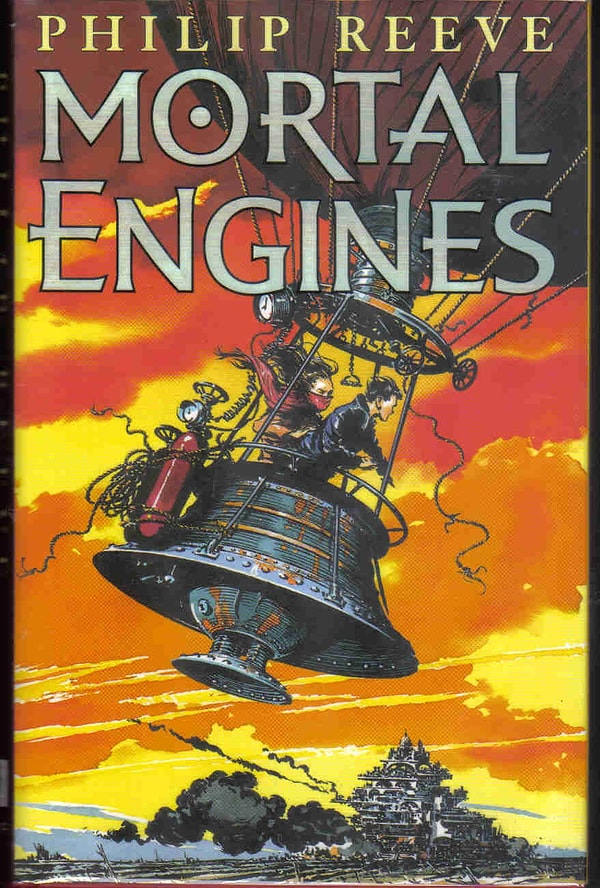
Mortal Engines is the first of four novels in Philip Reeve's quartet of the same name. The book focuses on a futuristic, steampunk version of London, now a giant machine striving to survive in a world running out of resources.
The book is set in a post-apocalyptic world, ravaged by a 'Sixty Minute War', which caused massive geological upheaval. To escape the earthquakes, volcanoes, and other instabilities, a Nomad leader called Nikola Quercus installed huge engines and wheels on London, and enabled it to dismantle other cities for resources. The technology rapidly spread, and evolved into what is known as 'Municipal Darwinism'. Although the planet has since become stable, Municipal Darwinism has spread to most of the world except for Asia and parts of Africa. Much technological and scientific knowledge was lost during the war. Because scientific progress has almost completely halted, 'Old Tech' is highly prized and recovered by scavengers and archeologists.
7. Fahrenheit 451 by Ray Bradbury
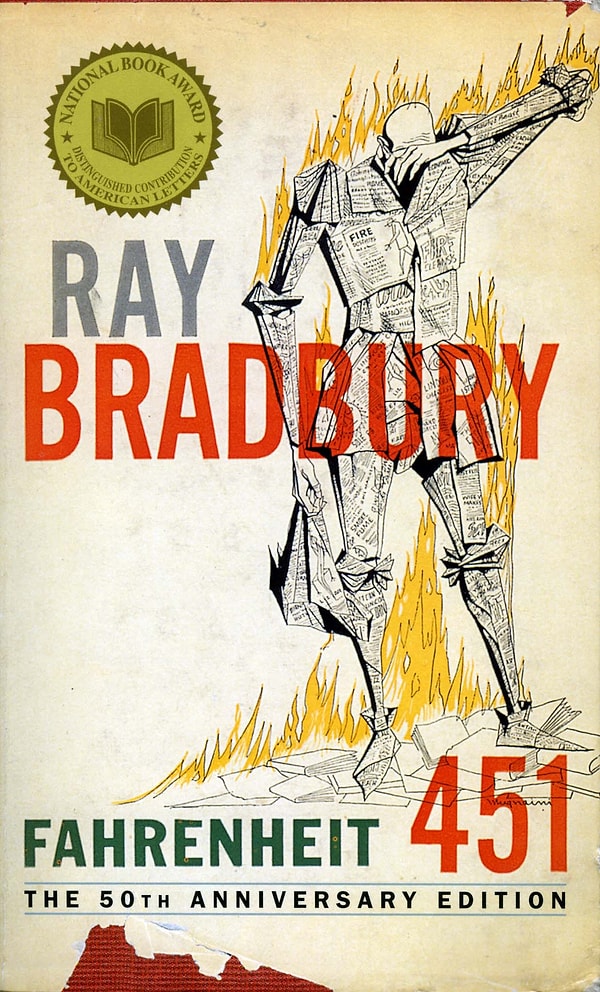
The novel presents a future American society where books are outlawed and 'firemen' burn any that are found.The book's tagline explains the title: 'Fahrenheit 451 – the temperature at which book paper catches fire, and burns ...'
The novel has been the subject of interpretations focusing on the historical role of book burning in suppressing dissenting ideas. In a 1956 radio interview, Bradbury stated that he wrote Fahrenheit 451 because of his concerns at the time (during the McCarthy era) about the threat of book burning in the United States. In later years, he described the book as a commentary on how mass media reduces interest in reading literature.
8. Anathem by Neal Stephenson
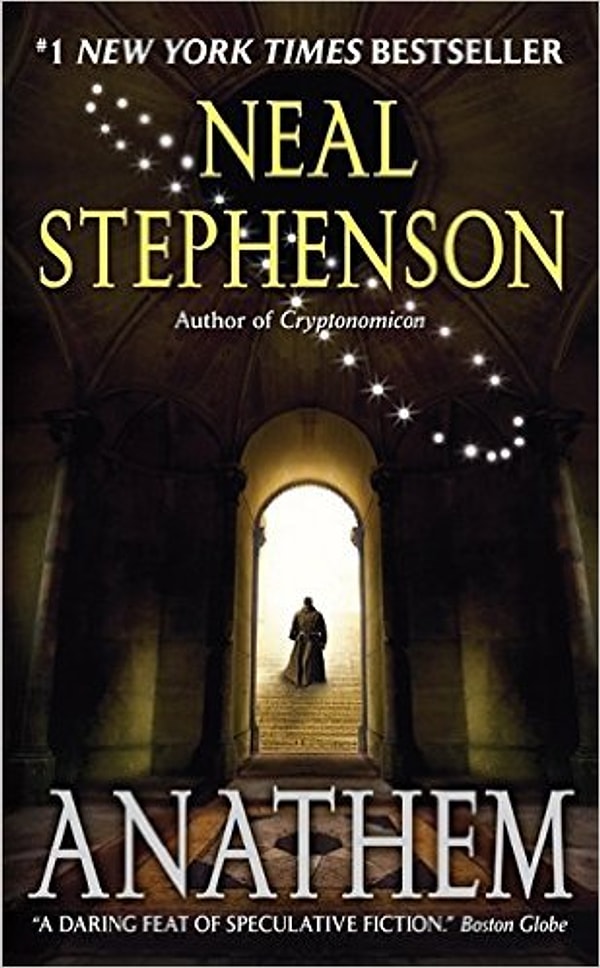
Anathem is a speculative fiction novel by Neal Stephenson, published in 2008. Major themes include the many-worlds interpretation of quantum mechanics and the philosophical debate between Platonic realism and nominalism.
Anathem is set on and around the fictional planet Arbre. Thousands of years before the events in the novel, the planet's intellectuals entered concents (monastic communities) to protect their activities from the collapse of society. The avout – intellectuals separated from Sæcular society – retain extremely limited access to tools and are banned from possessing or operating most advanced technology and are supervised by the Inquisition, which answers to the outside world. The avout are allowed to communicate with people outside the walls of the concent only once every year, decade, century, or millennium, depending on the particular vows they have taken.
9. Ubik by Philip K. Dick
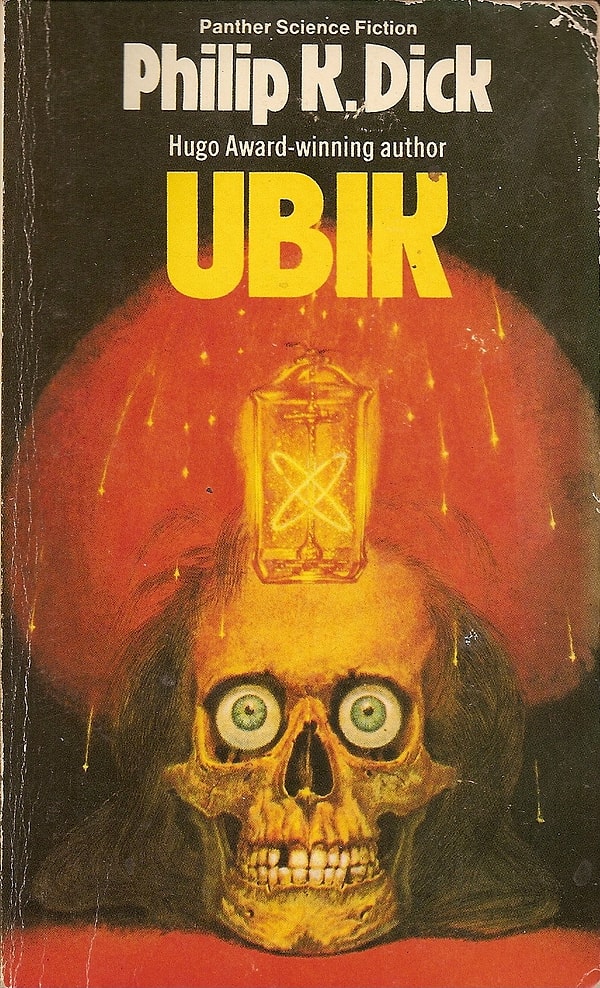
It is one of Dick's most acclaimed novels. It was chosen by Time Magazine as one of the 100 greatest novels since 1923. In his review for Time, critic Lev Grossman described it as 'a deeply unsettling existential horror story, a nightmare you'll never be sure you've woken up from.'
The novel is set in the year 1992, by which humanity has colonized the Moon and psychic powers are common. The protagonist, Joe Chip, is a debt-ridden technician working for Runciter Associates, a 'prudence organization' which employs 'inertials', people with the ability to negate the powers of telepaths and 'precogs', to enforce privacy of clients. The company is run by Glenn Runciter, assisted by his deceased wife Ella, who is kept in a state of 'half-life', a form of cryonic suspension that allows the deceased limited consciousness and ability to communicate. While consulting with Ella, Runciter discovers that her consciousness is being invaded by another half-lifer, Jory Miller.
10. Strange Case of Dr Jekyll and Mr Hyde by Robert Louis Stevenson

It is about a London lawyer named Gabriel John Utterson who investigates strange occurrences between his old friend, Dr. Henry Jekyll, and the evil Edward Hyde. The novella's impact is such that it has become a part of the language, with the very phrase 'Jekyll and Hyde' coming to mean a person who is vastly different in moral character from one situation to the next.
Gabriel John Utterson and his cousin Richard Enfield reach the door of a large house on their weekly walk. Enfield tells Utterson that months ago he saw a sinister-looking man named Edward Hyde trample a young girl after accidentally bumping into her. Enfield forced Hyde to pay £100 to avoid a scandal. Hyde brought them to this door and provided a cheque signed by a reputable gentleman (later revealed to be Dr. Henry Jekyll, a friend, and client of Utterson). Utterson is disturbed because Jekyll recently changed his will to make Hyde the sole beneficiary. Utterson fears that Hyde is blackmailing Jekyll. When Utterson tries to discuss Hyde with Jekyll, Jekyll turns pale and asks that Hyde be left alone.
11. 20,000 Leagues Under the Sea by Jules Verne
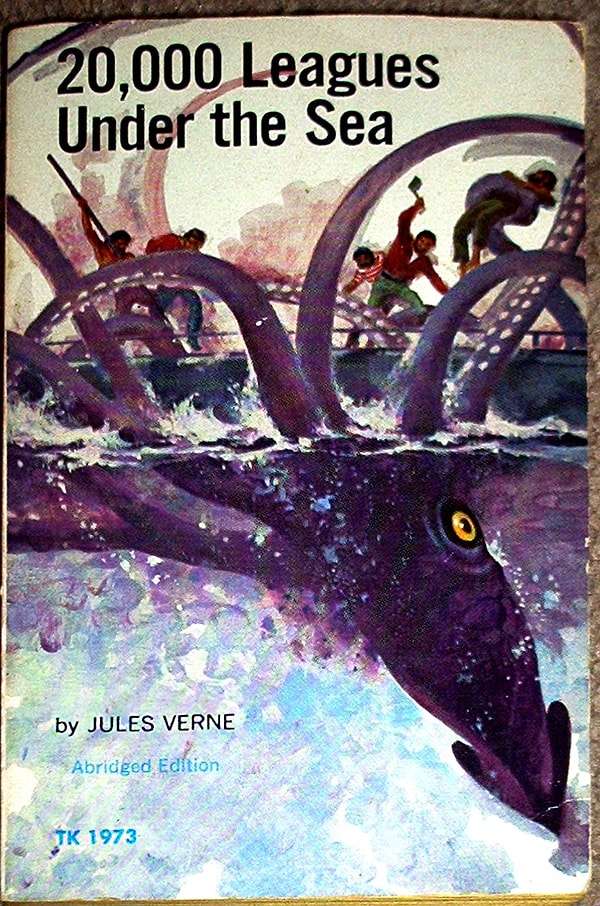
During the year 1866, ships of several nations spot a mysterious sea monster, which some suggest being a giant narwhal. The 'Sea Monster' turns out to be a submarine. The United States government assembles an expedition in New York City to find and destroy the monster. Professor Pierre Aronnax, a French marine biologist, and narrator of the story, who happens to be in New York at the time, receives a last-minute invitation to join the expedition which he accepts. Canadian whaler and master harpooner Ned Land and Aronnax's faithful servant Conseil are also brought aboard.
12. The Time Machine by H. G. Wells
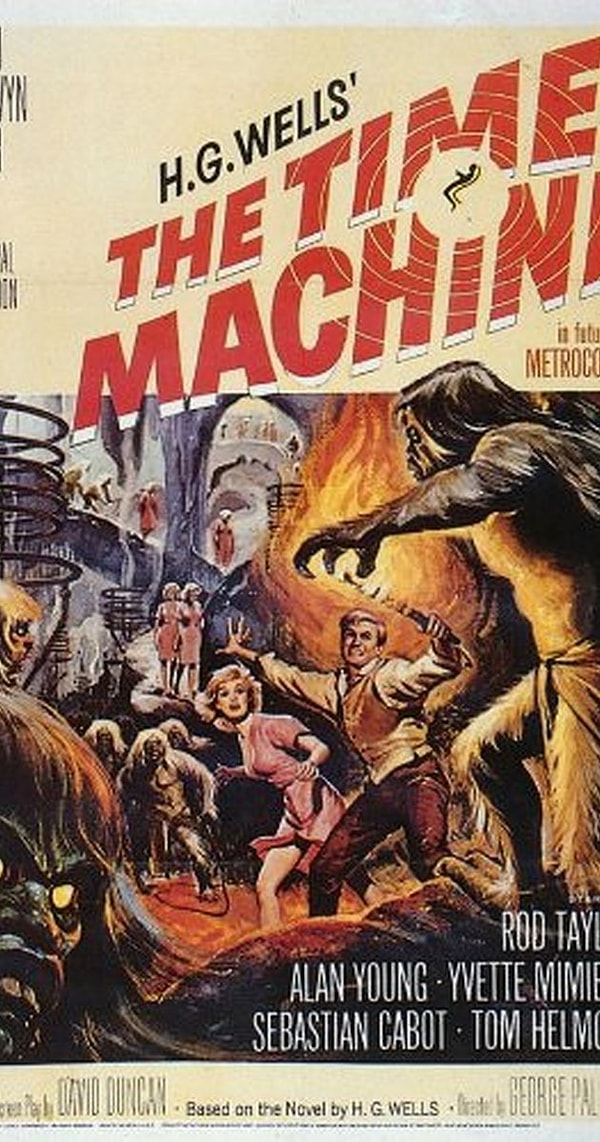
The Time Machine is a science fiction novel by H. G. Wells, published in 1895. Wells is generally credited with the popularization of the concept of time travel by using a vehicle that allows an operator to travel purposely and selectively forwards or backward in time. The term 'time machine', coined by Wells, is now almost universally used to refer to such a vehicle.
The book's protagonist is an English scientist and gentleman inventor living in Richmond, Surrey, in Victorian England, and identified by a narrator simply as the Time Traveller. The narrator recounts the Traveller's lecture to his weekly dinner guests that time is simply a fourth dimension and his demonstration of a tabletop model machine for traveling through it. He reveals that he has built a machine capable of carrying a person through time and returns at dinner the following week to recount a remarkable tale, becoming the new narrator.
13. Brave New World by Aldous Huxley
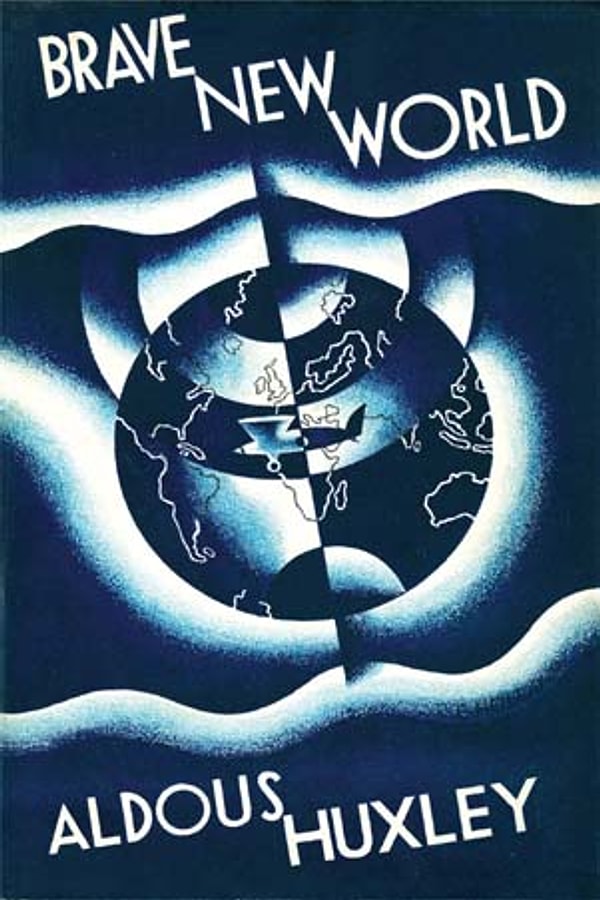
The novel anticipates developments in reproductive technology, sleep-learning, psychological manipulation, and classical conditioning that combine profoundly to change society. In 1999, the Modern Library ranked Brave New World fifth on its list of the 100 best English-language novels of the 20th century.
The novel opens in London in AF 632 (AD 2540 in the Gregorian calendar). The society described is illuminated by the activities of two of the novel's central characters, Lenina Crowne and Bernard Marx, and the other characters with whom they come into contact. Lenina, a hatchery worker, is socially accepted and contented, but Bernard, a psychologist in the Directorate of Hatcheries and Conditioning, is not. He is shorter in stature than the average of his Alpha caste—a quality shared by the lower castes, which gives him an inferiority complex. His intelligence and his work with hypnopaedia allow him to understand, and disapprove of, the methods by which society is sustained. Courting disaster, he is vocal and arrogant about his differences. Bernard is mocked by other Alphas because of his stature, as well as for his individualistic tendencies, and is threatened with exile to Iceland because of his nonconformity.
14. The Dispossessed by Ursula K. Le Guin
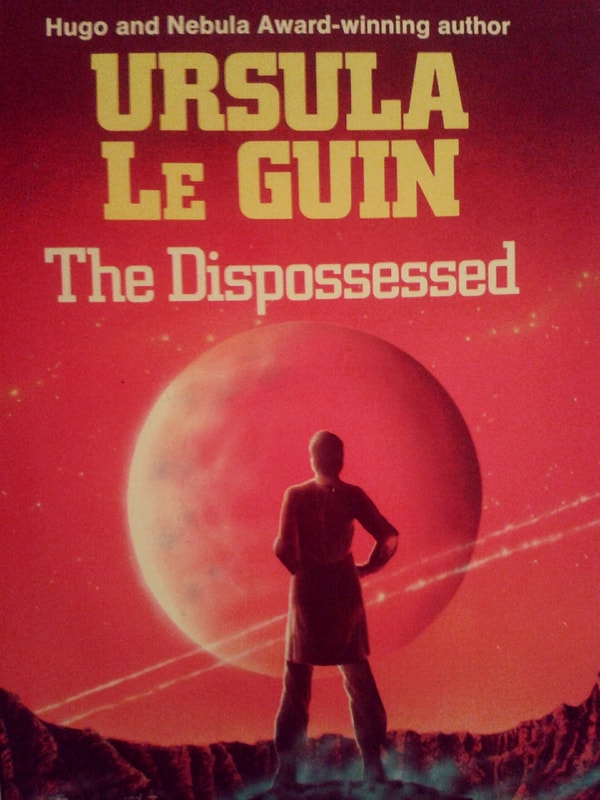
The Dispossessed achieved a degree of literary recognition unusual for science fiction works due to its exploration of many ideas and themes, including anarchism and revolutionary societies, capitalism, individualism and collectivism, and freedom versus imprisonment.
It features the development of the mathematical theory underlying the fictional ansible, an instantaneous communications device that plays a critical role in Le Guin's Hainish Cycle. The invention of the ansible places the novel first in the internal chronology of the Hainish Cycle, although it was the fifth Hainish novel published.
15. The End of Eternity by Isaac Asimov
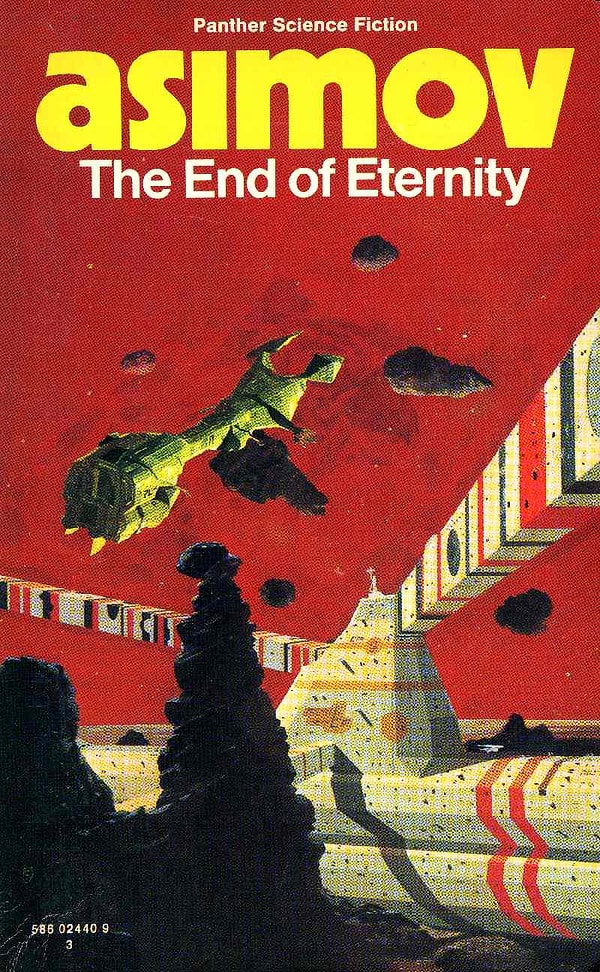
The End of Eternity is a 1955 science fiction novel by American writer Isaac Asimov, with mystery and thriller elements, on the subjects of time travel and social engineering. The themes are very different from most of his robot and 'space opera' stories and involve time paradoxes.
The Eternity of the title is an organization carefully isolated from the rest of the temporal world, staffed by male humans called Eternals recruited from different eras of human history commencing with the twenty-seventh century. The Eternals are capable of traveling “upwhen” and “downwhen” within Eternity and entering the conventional temporal world at almost any point of their choice, apart from a section of the far future which they mysteriously cannot enter. Collectively they form a corps of Platonic guardians who carry out carefully calculated and planned strategic minimum actions, called Reality Changes, within the temporal world to minimize human suffering. As the plot unfolds, the Eternals feel an unspoken collective guilt which causes them to scapegoat the 'Technicians' who execute Reality Changes.
16. Mona Lisa Overdrive by William Gibson
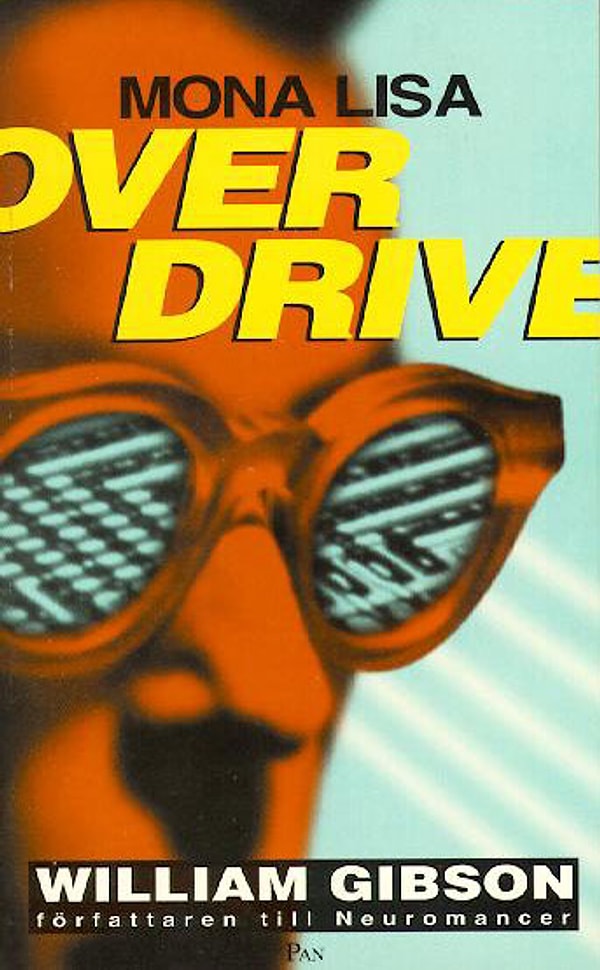
Mona Lisa Overdrive is the final novel of the Sprawl trilogy, following Neuromancer and Count Zero. It takes place eight years after the events of Count Zero and is set, as were its predecessors, in The Sprawl.
Keşfet ile ziyaret ettiğin tüm kategorileri tek akışta gör!


Send Comment